Crypto News
Global debt markets show dollar dominance moves in cycles, US Fed says
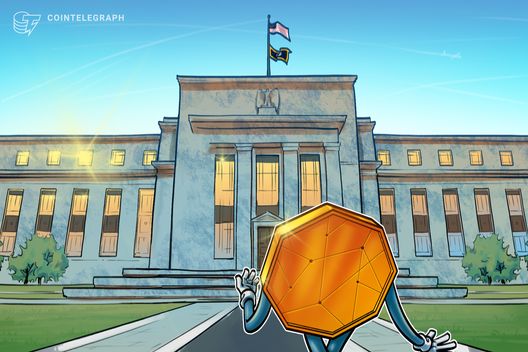
A recent study by the US Federal Reserve argues that despite periodic challenges, a lack of credible alternatives has kept the dollar at the center of global bond markets.
Published Date: 2025-12-18 21:35:37Creator: Cointelegraph by Nate Kostar
Read More
SOL price action lags the wider altcoin market: Is Solana’s heyday over?

SOL falls behind multiple altcoin competitors as its onchain activity, fee and DApp revenues slump. Cointelegraph explains why.
Published Date: 2025-12-18 21:33:57Creator: Cointelegraph by Marcel Pechman
Read More
Cypherpunk values are dying, but they’re 'Not Dead Yet'

The values that are baked into the foundations of crypto — privacy, self-sovereignty, decentralization — are eroding, and we’re running out of time to address the problem.
Published Date: 2025-12-18 21:30:46Creator: Cointelegraph by Robert Baggs
Read More
NYSE parent in talks to invest in crypto company MoonPay: Report
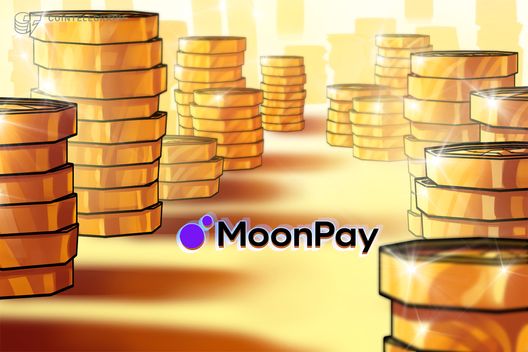
The discussions follow Intercontinental Exchange's $2 billion investment in prediction platform Polymarket in October.
Published Date: 2025-12-18 21:21:57Creator: Cointelegraph by Vince Quill
Read More
Bitcoin trips at $90K despite CPI showing curbed US inflation: What gives?
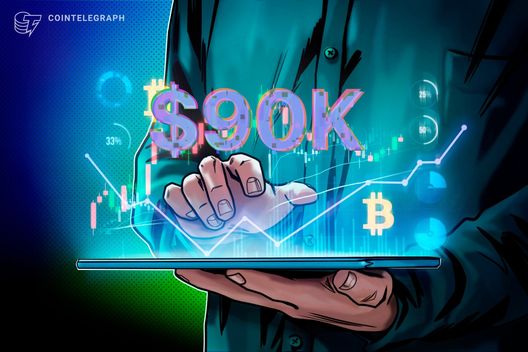
Bitcoin briefly clinched $90,000 after the November Consumer Price Index report showed a drop in US inflation, but the essential components for an extended rally remain elusive.
Published Date: 2025-12-18 19:57:22Creator: Cointelegraph by Biraajmaan Tamuly
Read More
Why the ‘great China Bitcoin mining crackdown’ fell short of early claims

Data suggests that fears about Xinjiang-related Bitcoin mining have overstated the impact, with hashrate losses proving brief and driven partly by US power curtailments.
Published Date: 2025-12-18 19:25:00Creator: Cointelegraph by Sam Bourgi
Read More
Bitcoin Policy Institute reps sound alarm on de minimis tax exclusion
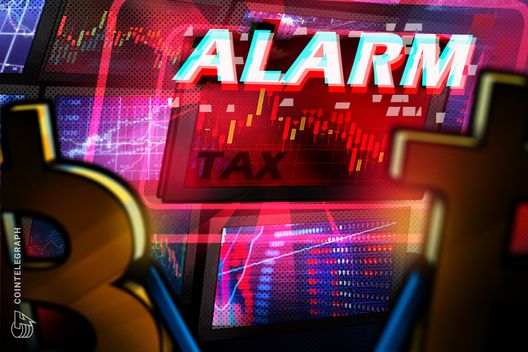
US lawmakers are only considering de minimis tax exemptions for dollar-pegged stablecoins, according to Bitcoin Policy advocate Conner Brown.
Published Date: 2025-12-18 19:05:35Creator: Cointelegraph by Vince Quill
Read More
Why Bitcoin’s popular narratives don’t match the data: James Check on 2026

In a recent Cointelegraph interview, James Check uses onchain data to challenge popular Bitcoin narratives and outline his thinking for 2026.
Published Date: 2025-12-18 18:25:00Creator: Cointelegraph by Marco Castrovilli
Read More
Intuit to use Circle’s stablecoin for financial platforms

The company’s stablecoin infrastructure and USDC coin will be part of the deal, potentially to be embedded in Intuit’s financial platforms.
Published Date: 2025-12-18 18:22:08Creator: Cointelegraph by Turner Wright
Read More
SoFi rolls out US dollar stablecoin issued by bank subsidiary
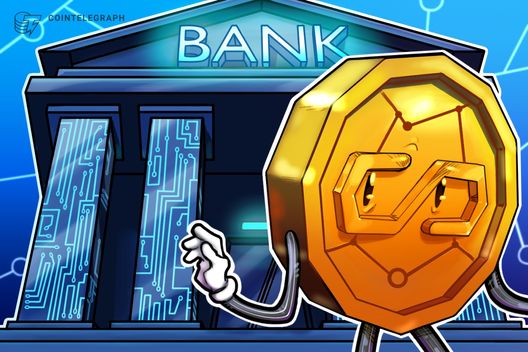
Issued by SoFi Bank, the dollar-backed token is designed for payments and settlement across banks, fintechs and enterprise platforms.
Published Date: 2025-12-18 18:07:58Creator: Cointelegraph by Nate Kostar
Read More